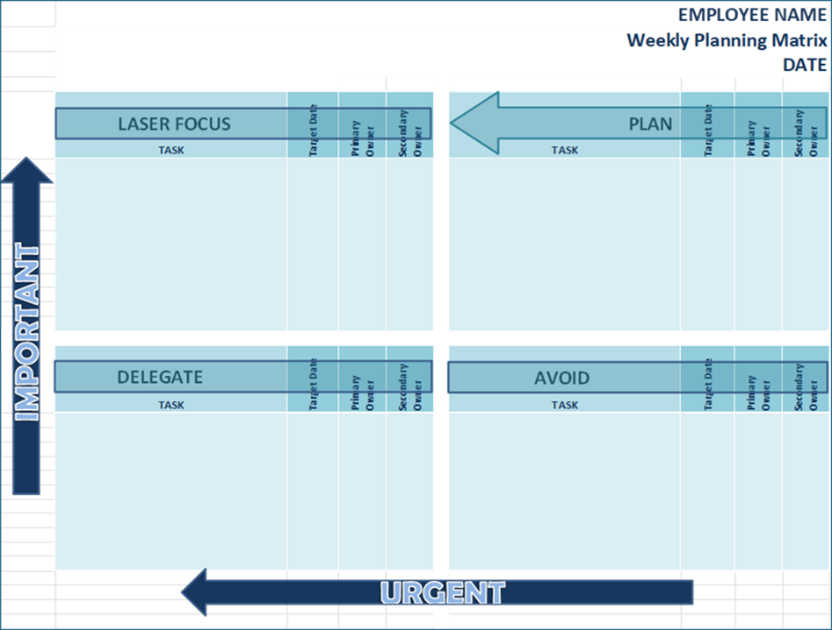by
Daniel J. McMahon, CPA, CMAA
| February 4, 2025
It’s easy to put your firm’s core values on a plaque in your lobby. But you won’t find out who has really bought into those values until the you-know-what hits the fan. Like elite sports teams and military units, high-performing accounting firms hold their composure during times of duress — a big client loss, a key employee quitting, a technology meltdown or simply busy season — whereas lesser firms throw in the towel, point fingers and watch staff head for the exits.
As a leadership coach, I’ve found that firms with a strong culture and governance model are particularly well equipped to handle “battlefield” conditions. They tend to use the following five key tactics:
1. Aligning Amid Chaos
Sun Tsu, the
legendary Chinese general and philosopher of ancient times, said, “Every battle
is won before it’s ever fought.” In the heat of battle, one must think
like a medical triage unit in combat. Casualties are all around you and you’ve
got to treat the most serious, life-threatening injuries first.
Mid-February is
when the kids get sick, your spouse is working late, the holiday bills come
due, and then that hot prospect you pursued all last year suddenly wants a
proposal ASAP — and it conflicts with three pressing client deadlines. High-performing
firms follow a playbook, so every team member knows what to do on every play.
They react instinctively to the task at hand rather than calling or emailing
others in a panic about what to do next.
2. Focusing
on the Front Windshield, Not the Rearview Mirror
The rearview
mirror in your car is smaller than the front windshield for a reason — you
should be focusing on what’s in front of you, not behind you. But, when firm
leaders are putting out fires all day long, they’re simply leading from
behind. They’re not managing their time well, and they’re not utilizing
the leveraging model in which they can assign the highest billable rate jobs to
the lowest-paid team members capable of doing those jobs. At firms where
partners lead from behind, teams are often confused about the firm’s vision and
have no clarity about what management is hoping to accomplish. High-performing
firms, by contrast, have established a governance process and have a leveraging
model in place. They set SMART goals and they align their strategy with their
tactics.
3. Having a Strategic
Not Just Tactical Mindset
As Sun Tzu said,
“Tactics without strategy is the noise before defeat.” I couldn’t agree more.
As a firm leader, you must be willing to step away from day-to-day client
responsibilities and focus on the big picture no matter how badly your
technical skills are needed for complex client engagements. You must devote
time to envisioning the future — anticipating the skills, resources and talent
the firm will need months and years down the road. This type of complex
strategic thinking requires large periods of uninterrupted reflection and
concentration. If you keep allowing yourself to get pulled back into
firefighter mode, the firm will just keep doing things “the ways we’ve always
done them” and will never evolve.
4. Overcoming
the Tyranny of the Urgent

No matter how
stressful things get, high-performing firms have learned to distinguish between
actual deadlines (i.e., IRS mandated), client-imposed deadlines and
self-imposed deadlines. A governance model, which is then manifested in a unique
trimester outlook methodology, emphasizes clarity around roles and responsibilities,
policies and procedures, and metrics and goals. This clarity leads to the opportunity
to perform most efficiently and at your paygrade. Distinguishing tasks between
“important” and/or “urgent” by using the Eisenhower Matrix (right) is the first
step in prioritizing tasks in the heat of battle.
5. Sharpening the Saw
To paraphrase
Steven Covey: If you don’t sharpen the saw periodically, the blade gets dull,
causing you to spend more time and effort to cut the same amount of wood. As a
firm, if you don’t devote some time to working ON the business
rather than solely IN the business, you’ll keep making the
same busy season mistakes: you’ll continue burning out good staff and your
leadership team will never build a sustainable and transferable firm.
Effectively led firms envision the future and commit to providing the resources
to build the skills and infrastructure that will be needed for years to come — not
just to get through busy season.
Is your firm minimizing chaos and leading from the front? Or are you leading from behind? I'd love to hear about it.